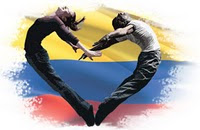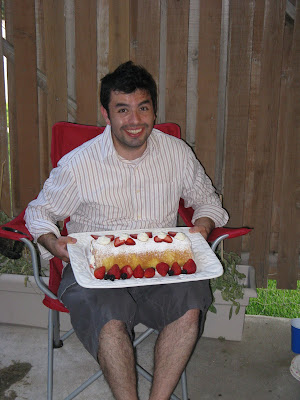I have been practicing Colombian greetings with my two boys -- in preparation for our trip this summer. In doing so, I have remembered some very important expressions that you need to know if you plan on spending any time in Colombia. The first is a universal, and uniquely Colombian greeting: ¿ Qué hubo ? pronounced like one word ( kyouboe ) While it literally means, "What happened?", the more frequent meaning is "How are you?" When I first went to Colombia, I recall wanted to tell people what I had been up to when asked this question. I would always respond with things like, "We went to see such and such today." After a few weeks, my husband looked at me one day and said, "You talk too much." What? I wasn't sure how to take this. Then, he said, "When someone says, '¿ Qué hubo ?' You just say, ' Bién .'" Okay, I could do that. So, now I will pass on this tip to you. If someone says ¿ Qué Hubo ? -- just ...








